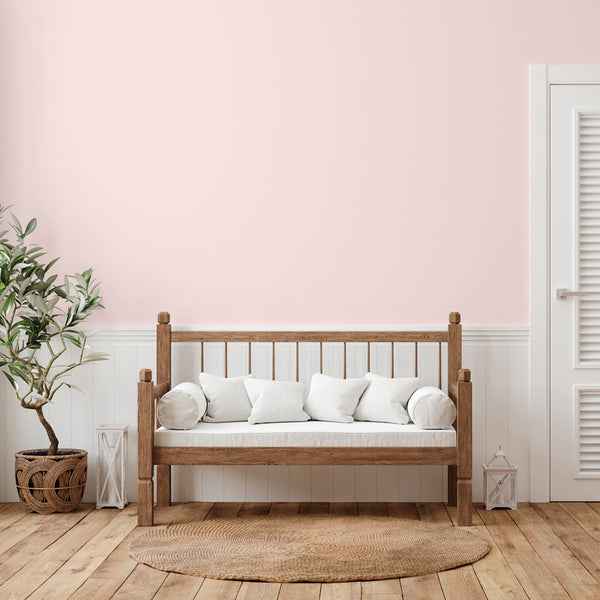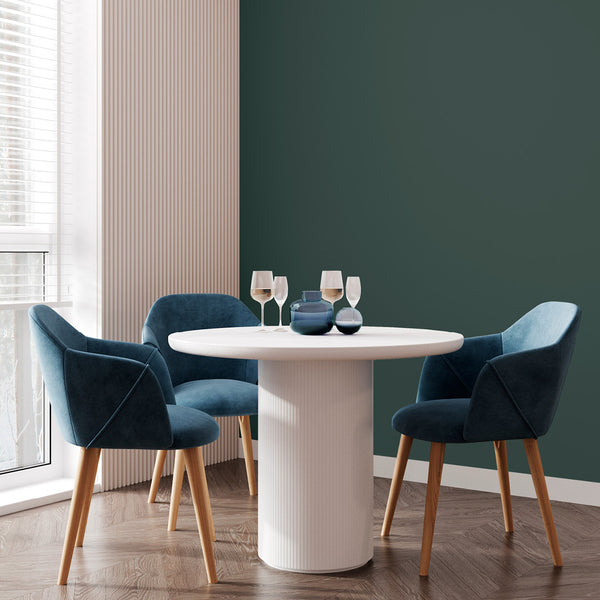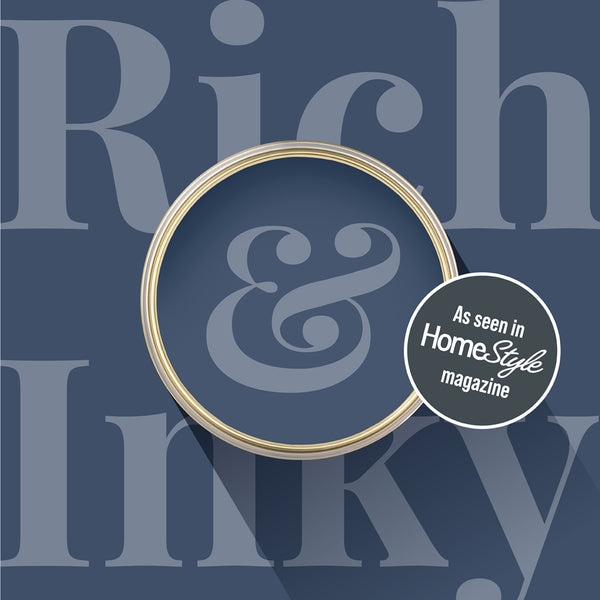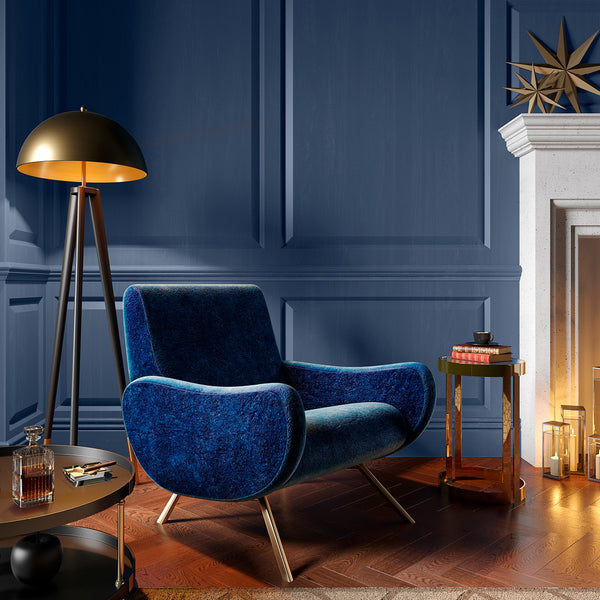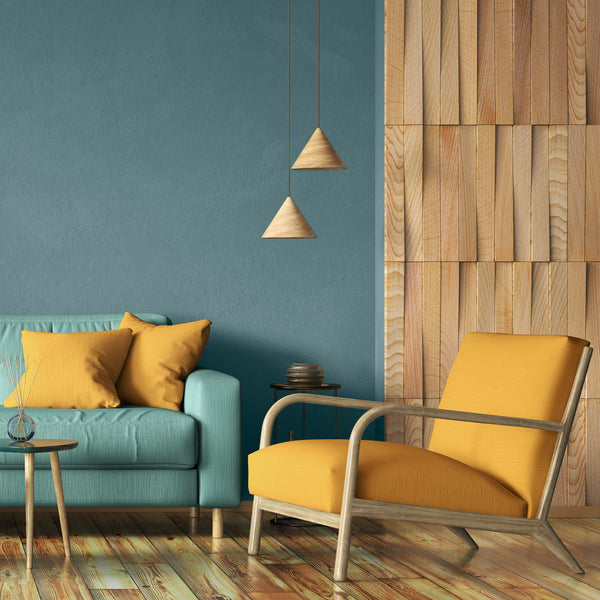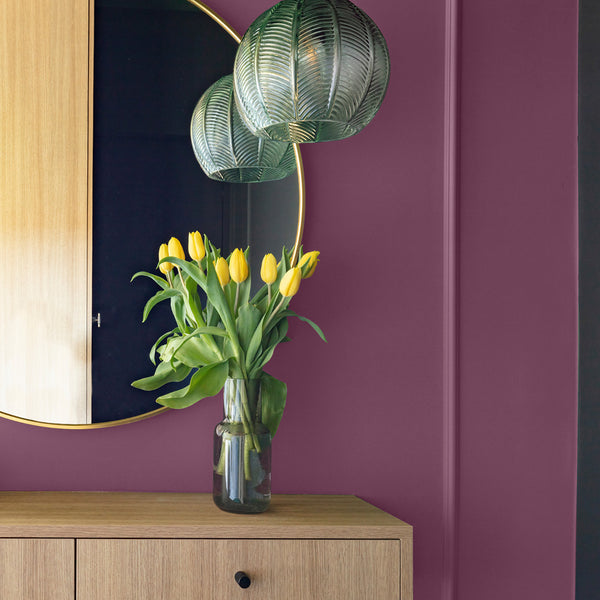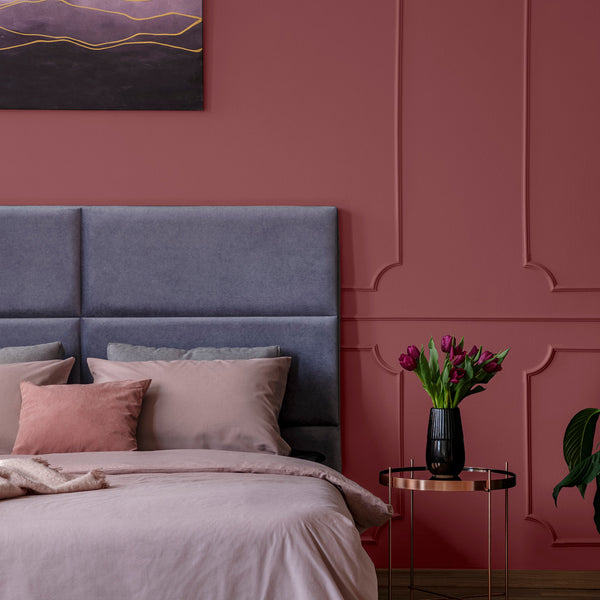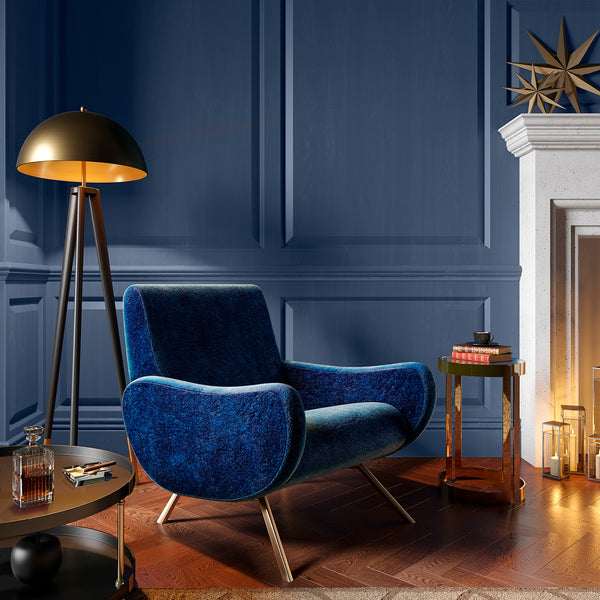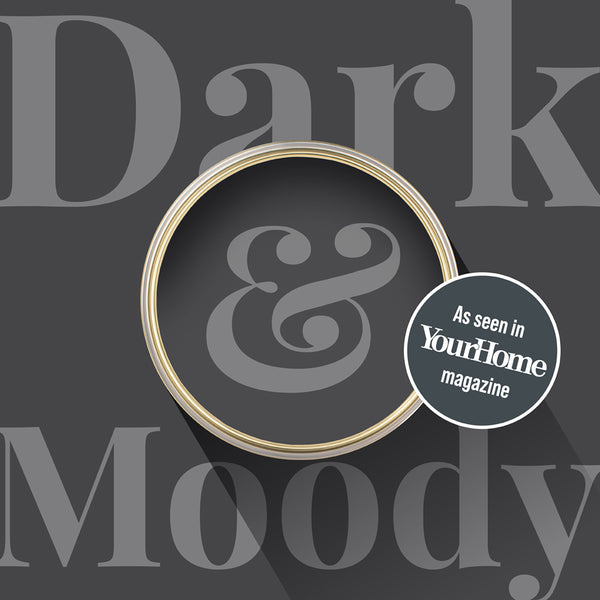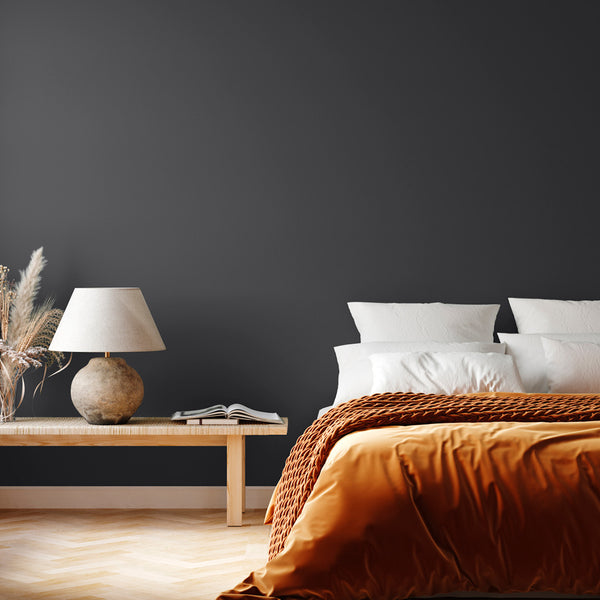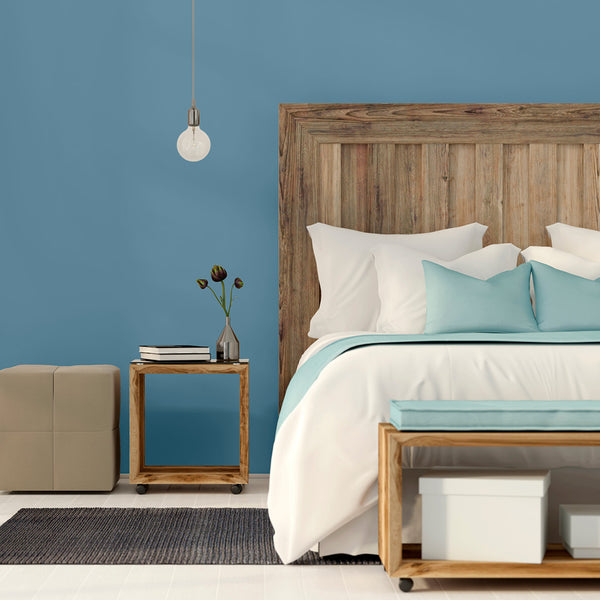Hallway Paints
Hallways can be tricky things to get right. They often lack natural light and can feel narrow and dark - especially in Victorian homes - but if done right can provide an incredible welcome for guests.
Sustainable, hard-wearing and wipeable, our paints are tough enough to withstand the challenges faced by hallways everywhere.
While all of our paints look fantastic in any room, our expert interior designers think the below really do help you get the most out of your hallway.
As well as welcoming, it needs to be tough – kids, dogs, even bags of shopping can all take their toll on a beautiful hallway, and you need a paint that can keep up with that. That’s where our range of premium hallway paints comes in. So where do you get started?
1. Clean the walls
Hallway walls can accumulate dust and grime. Clean them thoroughly with sugar soap or a strong detergent solution. Rinse with warm water and allow them to dry completely.
2. Prepare the area
Cover the edges of any doors, trim, and flooring with masking tape. Protect the floor and any furniture with plastic sheets to catch any drips.
3. Choose a light paint colour
Opt for light colours to brighten up your hallway, especially if there are no windows. Light pastel shades, like pink or other chalky tones, can bring a contemporary feel while lifting the ambiance. Using the same colour on skirting boards can make the walls appear higher, and a pale or white ceiling can enhance this effect.
4. Select durable paint
Our eggshell range is perfect for those looking for hard-wearing hallway paints, offering more durability against scuffs and scrapes.
Finishing Touches
Painting woodwork in hallway
Finish by painting all woodwork from top to bottom. Start with windows, then doors, door frames, and skirting boards.
Test and Compare Colours
Before painting, test paint samples on the walls and observe them at different times of day to choose the best colour for your hallway’s lighting and style.
By following these tips, you can achieve a bright, welcoming, and stylish hallway.

Enhancing Your Hallway
While correctly chosen, hallway paints can make a huge difference to your home, there is more to consider when it comes to crafting that perfect welcome.
How do I choose the perfect hallway flooring?
Patterned tiles look great in period hallways, but a uniform surface can make the space seem longer. Pale tiles or white wooden floorboards will brighten the area, while darker options will draw the eye downward.
How do I make the most of hallway doors?
Consider adding glass panels to interior doors to let light flow through. Frosted glass can maintain privacy while brightening the hallway. The front door and the transom window above it can also include glass panels to allow more light in.
How do I correctly light a hallway?
Modern or contemporary lighting fixtures can add style. Use the same lights on the landing and at the top of the stairs to draw the eyes upward and utilise the space effectively.
How do I best use art in my hallway?
Use art along the walls to lead the eye down the hallway. Keeping the door to the kitchen open can help flood the area with light and make it seem more spacious.
See our inspiration section for more specific advice on how to paint a narrow Victorian hallway.
As Loved By...

















